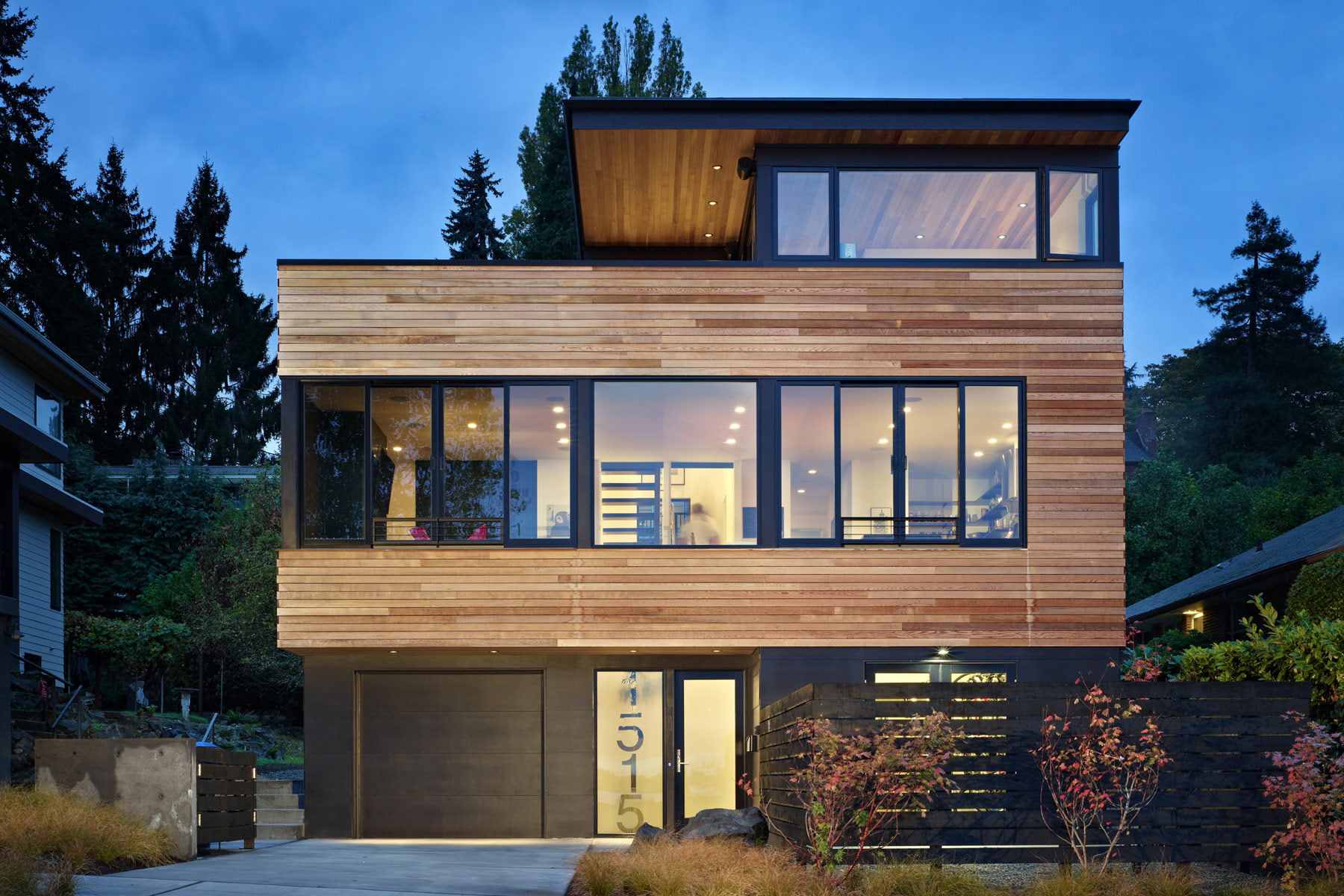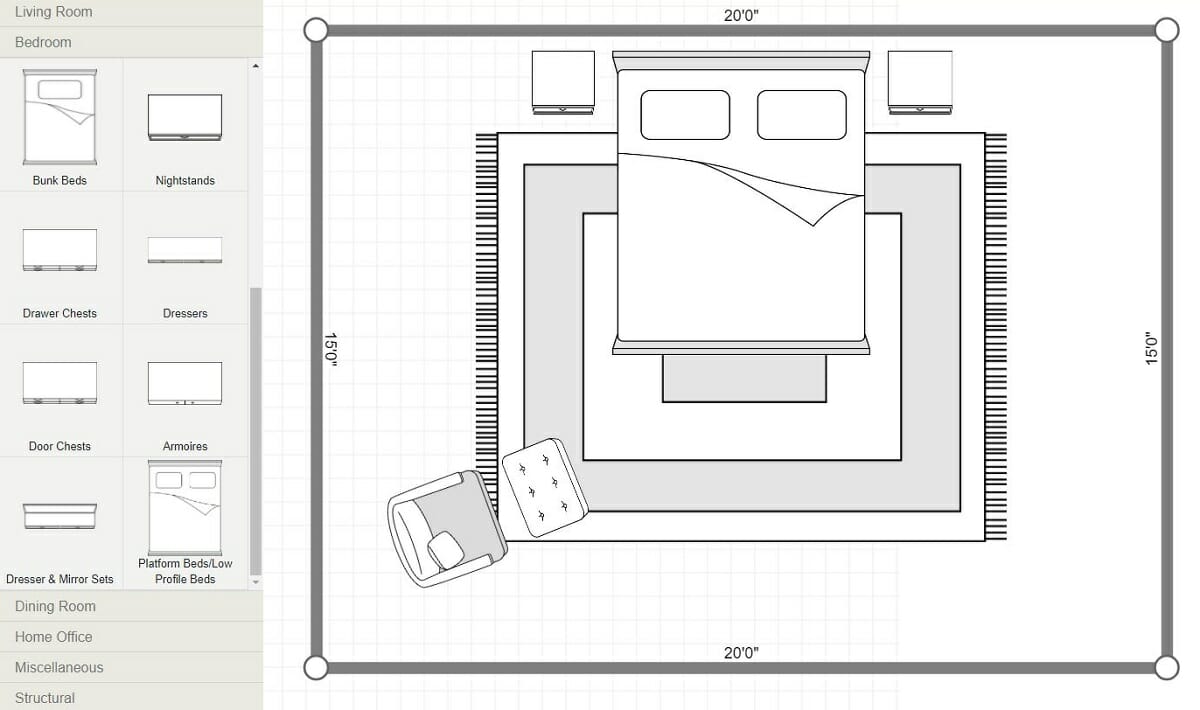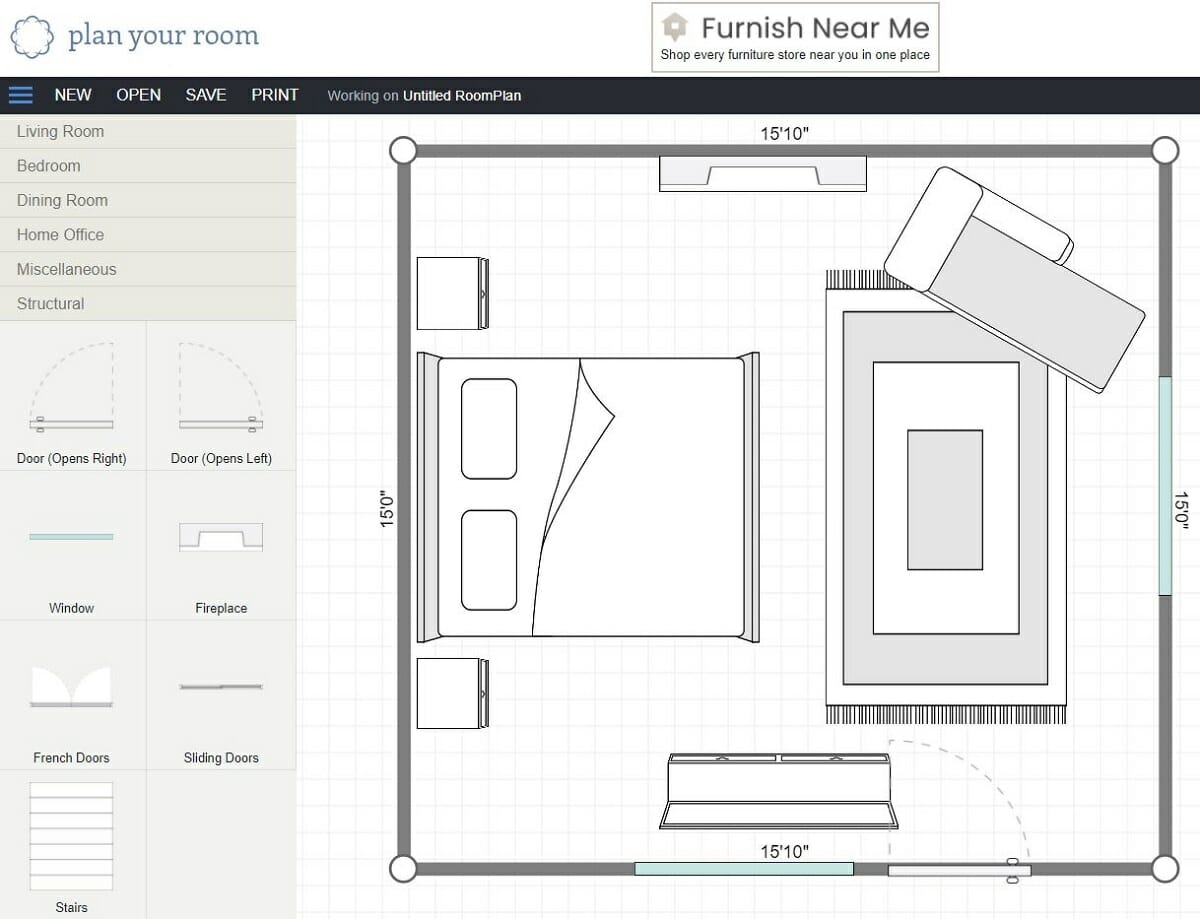Table Of Content

These modern Japanese houses provide a remarkable starting point for those seeking inspiration for their future homes. Inspired by the Japanese doma, House in Takaya offers a modern twist on the traditional concept of using compacted dirt to link the outdoors with indoor spaces. Suppose Design Office designed the contemporary dwelling with an imaginative layout and design, showing an example of the best modern houses Japan has to offer. Packed dirt makes up most of the ground level’s flooring, with stone steps connecting different areas. A wooden platform occupies one side of the open-plan living room and kitchen, while two staircases lead to the upper floor with the bedrooms.
Is Japandi still on trend? - Homes & Gardens
Is Japandi still on trend? .
Posted: Sun, 25 Feb 2024 08:00:00 GMT [source]
What Are Japanese House Walls Made Of?
You must take your shoes off at this point, leaving them on the tataki floor before venturing any further. This process ensures that no dirt from the outside comes into the house interior. The tataki and the agarikamachi are technically the two entrances in a Japanese home.
House in Akashi

That’s particularly true in Japan’s contemporary homes, where modern pieces including sectionals and vibrant art mix with signature elements such as shoji screens, tatami mats, and rock gardens. We’ve gathered spectacular Japanese rooms from the pages of AD that blend Eastern and Western aesthetics. The aptly named Eaves House exemplifies the range of creative modern houses Japan based studios complete every year.
Kowloon wall city: Dystopian Architecture
Tearooms are made intentionally small and plain, so as not to distract from the important goal of achieving harmony within oneself.
Ima and Chanoma – The Living Room of a Japanese House
The narrow concrete structure includes the main entrance, an overhanging block, and a second section at the rear clad in corrugated metal. When designing the new house, the location was surveyed to determine wind conditions so the designers would know where to position the openings, allowing for the most wind to pass through the home. With this example, the rectangular courtyard sits at an oblique angle, which connects the surrounding rooms. Though not exhaustive, Japanese interiors often make use of the following. To better understand Japandi style, consider the defining elements of the two styles it pulls from.
The price of a home, just like anywhere else, depends on size and location. If you want a tiny house that features Japanese design elements, then that would be your cheapest option. Each frame provides a generous open floor space while providing optimum earthquake protection. Six wooden frames linearly stretch from the front to the back and providing a sense of rhythm to the interior. The open living area connects the main courtyard and a wooden deck designed to make the transition smooth and natural.
Japan-made standouts from one of Paris' biggest design fairs - The Japan Times
Japan-made standouts from one of Paris' biggest design fairs.
Posted: Sat, 17 Feb 2024 08:00:00 GMT [source]
The Japanese fashioned these tatami mats from harvested rice grass which grows back every season. Traditionally, people used the standard tatami mat to measure out the size of the rooms in a minka. The tatami mat method remains popular today, with rental ads connoting room size by the number of tatami mats. For instance, it might describe a kitchen as “3-tatami mat size” or “10-tatami mat size” for a living room.
The 18th century Japanese house was remarkably efficient.
"Utilizing natural light, soft textiles in muted tones, and an overall neutral color palette, our goal is to create an inviting atmosphere that strikes a perfect balance between minimalism and comfort," says Vergara. Our goal is to merge the quality and feeling of traditional Japanese architecture with the basic comforts we’ve all come to expect in a modern home. We’ve developed adaptations that retain what’s so lovely about traditional Japanese architecture while at the same time allowing for modern-day elements like furniture, central heating and electricity. We prioritize the precision and elegance of the traditional form while finding subtle ways to incorporate contemporary amenities.
Follow the same rules for color palette and materials to keep tables, chairs, and accessories in harmony with interior finishes. Select natural materials (ideally light wood finishes or porcelain dishware), and keep the aesthetic clean-lined and minimal. With similar tones and textures working in tandem, aesthetic harmony is achieved.
The Takamatsu house was built in 1917 in the Sukiya style in Nagoya, and relocated to a scenic part of the Aichi Prefecture in the 80s to save it from destruction. In keeping with the true Sukiya aesthetics of understatement, this large house has an air of modest elegance rather than showy pride. The entrance of Robin Nanney and Christopher Norman’s Buff & Hensman–designed home in Pasadena, California, is an oasis-like area. The space is decorated with Japanese-influenced gardens, which include gingko and Japanese maple trees.
The new aesthetic fuses the zen of Japanese design with the cozy simplicity of Scandinavian décor—the result is called Japandi style. We usually work with a local contractor in any site too far from our shop for a daily commute. We will help the client find a local contractor who knows the local building officials, and the best local subcontractors.
In terms of materials, the interior features an abundance of wooden surfaces which further enhance the home’s warm, cozy atmosphere. Speaking of modern houses Japan has plenty of designs to impress architecture lovers. One of the most creatively designed dwellings from our list, this lake house by Tokyo–based SUGAWARA DAISUKE Architects features multiple levels that ingeniously enhance the available space. A wooden plane works as flooring in one area and as a kitchen countertop in another.
The exposed living room is the main feature of the ‘open sky house,’ which is built over two floors. “The house is like a small ark sailing through the city” in this double-height space, adjusting to the weather and needs. In recent years, the nameplate, letterbox, and milk carton have started to lose their traditional shape. The reason for that is concerns about one’s personal information, stalker incidents, and a decline in newspaper subscriptions. Today, you’ll often see only the family name written on the nameplate, and sometimes there’s no nameplate at all. Letterboxes can now be locked to prevent people from taking out mail – it’s a common trend in various countries.
This concrete gable house is a stunning modern interpretation of traditional Japanese architectural principles. Architectural elements such as a slight elevation off the ground, a threshold articulation, pitched ceilings, sliding doors in place of walls, and an open floor plan all reflect Japanese design. Japanese homes include living spaces that rely heavily on natural light, a concept found in many countries. The tatami mat is one of the most essential features in a traditional Japanese house.
















